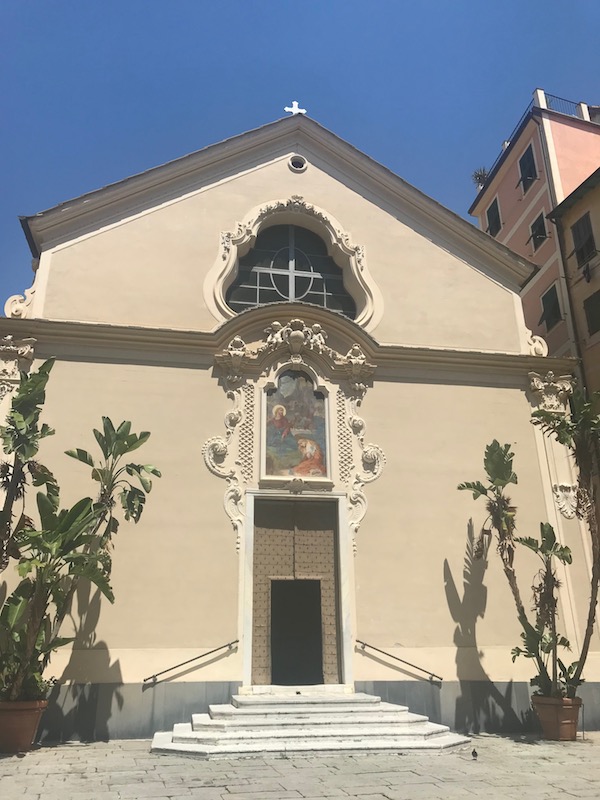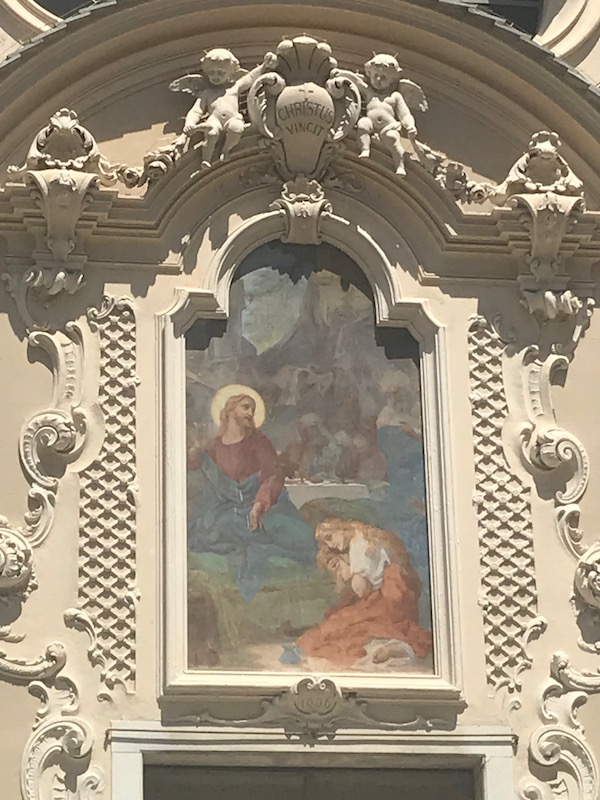Our Blog - Bordighera, Italy
The area has been inhabited since the Palaeolithic era, as archaeologists have found signs of human activities in the caves on the Italian and French coast. The first humans to alter the territory and create a structured society arrived in the 6th century BC. They were the Ligures, from whom the name of the region, "Liguria" in Italian, is derived. The name of the city appears the first time as "Burdigheta" in 1296, in a papal Bill by Pope Boniface VIII. The area was particularly prosperous during Roman times because it was situated on via Julia Augusta in the 1st century BC. After the fall of the Roman Empire, the village was abandoned because of the frequent attacks by pirates and it is only in 1470 that some families of nearby villages (Borghetto San Nicolò) decided to return to Bordighera.
The Anglicans built a church here (now a cultural center) in 1873 but Protestants continued to lack a place of worship. In response Baron Moritz von Bernus organized a fundraiser to build a place of worship suitable for Protestants who resided in Bordighera. In 1901, land was purchased to build an Evangelical church, which was inaugurated in 1904.

We walked for a little bit on the boardwalk of the beach, but dogs aren't allowed on the beach since it is almost fully covered by private areas (a restaurant that provides the beach chairs and umbrellas, along with food and drink). What little we were able to see didn't seem that nice either ... a bit rocky.



We headed up towards the old city, passing through the Marabutto, a nice park overlooking the sea.

After a quick lunch, we stopped by the Chiesa di Santa Maria Maddalena, which was built in the early 17th century. It was renovated in 1866 to add new gilded stucco and the Rococo-style façade is from 1906. Above the door is a fresco from 1742 depicting Mary Magdalene.


On the main altar is a marble statue of the 18th century, the Maddalena in Gloria, designed by Filippo Parodi and possibly carved by his son Domenico Parodi between 1714 and 1717.




In Italy, dogs are allowed in most churches and so Lucy got to go inside to see her first church. She wasn't impressed by the paintings, but she really loved the floor!

A few random pictures of the old city, a maze of small cobbled streets heading up and down the hill. We then headed out of the old city through the 15th century Sottana Gate. This was the Western entrance of the old walled city and you can still see the coat of arms of the Republic of Genoa as well as a portion of the old wall (where the scooter is parked).



